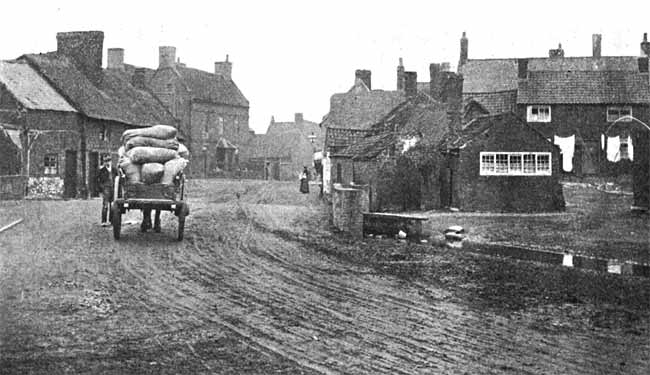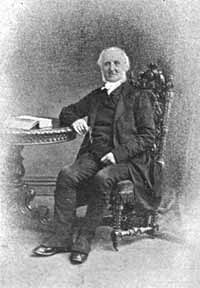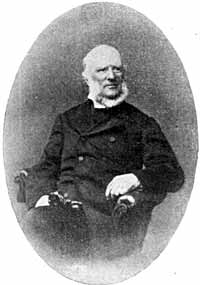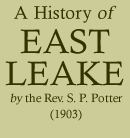< Previous | Contents | Next >

THE VILLAGE STREET, SHEWING MR. BLEY’S HOUSE.
JOHN BLEY.
John Bley is East Leake’s greatest known benefactor. He is described on his tomb as a native of this place, but there is no entry of his baptism in the Church register. An old parishioner says that the house where he was brought up was a stone house, situated in the garden of the Manor Farm house, wrongly named in the ordnance map Brookside Farm. It is plain that material from another building was used in the erection of the present house. It is said that John Bley used to go to school to Hoton, and that he vowed that if he ever were a rich man, he would build a school for his native village. He went to London a poor boy, and eventually set up in business as a distiller. Having amassed a considerable fortune, he retired to end his days at East Leake. He built the gabled house—Joice’s Manor-house—in 1715, enlarging it in 1728. His vow was not forgotten, and in 1724 he built the fine old school house, which the first School Board demolished. Over the door was the inscription “This School was built in the year 1724 by Mr John Bley.” Mr. Bley endowed this school with £450, which was invested in twenty-five acres of land at Burton-on-the-Wolds and Wymeswold, which produced, in 1864, £50 per annum. For this sum, the master taught all the poor boys and girls of the parish.
This was not Mr. Bley’s only gift to the village, for at his death he bequeathed ten pounds to every farmer, and five pounds to every cottager, with the exception of one, Doughty by name, whom he excluded for idleness. He likewise left ten pounds to the poor of every village bordering on East Leake. He died in London, May 28th, 1731, in his 57th year, and his body was brought to East Leake for burial. His tombstone is at the East end of the Church.
RICHARD HAWLEY,
Schoolmaster.

Few village schoolmasters attained greater fame than Mr. Hawley, who was for forty-eight years schoolmaster of the Bley School.
His fame outlives him. The Bley School was attended in his day by many children from the surrounding villages, and in addition to day scholars, a number of boarders were taken at the school house and the adjacent cottage, which was built for their reception.
Mr. Hawley was a geologist of some repute, and possessed a good collection of geological specimens. One of his daughters married the eminent geologist, Professor Etheridge. He died on May 8th, 1867, at Quorn, in Leicestershire—where he lived after his retirement from scholastic work—aged seventy-seven years, and was buried at East Leake in a grave adjacent to that of Mr. Bley, the founder of the school in which he had so long laboured.
THE REV. JOHN BATEMAN.
Rector 1836—1882.

The Rev. John Bateman was the second son of Richard Thomas Bateman, Esq., of Wheathill, in Derbyshire, and was born in St. Mary’s Gate, Derby, in 1800. He was educated at Repton School, whence he proceeded to St. John’s College, Cambridge. He took the degree of B.A., in 1822, and M.A., in 1826. In this latter year he was ordained by the Bishop of Lichfield, and licensed to the Curacy of Mackworth. From Mackworth he went to Littleover, 1828. In 1836, he was instituted to the Rectory of East and West Leake, on his own nomination.
For a period he filled the office of Rural Dean of the Deanery of West Bingham. He was also Dean of the Peculiar of Hartington, an office which carried with it neither duty or emolument. During the time that he was Rector the Church of St. Helen, West Leake, was restored, and many alterations were also made in the mother Church of East Leake.
The Church schoolroom at East Leake, built on the Glebe, bearing date 1850, was his gift to the Church.
It fell to his lot to be the last Dean of Hartington, and the last Rector of East and West Leake.
He died on May 2nd, 1882, and was buried at West Leake, on May the 6th. His memory is still cherished, the memory of one who was a pattern to his flock.

